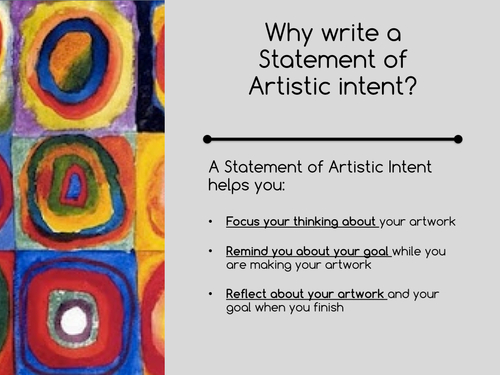 |
| https://image.slidesharecdn.com/00visualartsassessmentcriteria-140911030113-phpapp01/95/arts-assessment-criteria-myp-1-638.jpg?cb=1410404552 |
Response Paper - 1 page
A response paper
is your chance to communicate in writing your personal viewpoint and
personal learning as they relate specifically to the book, essay, paper, article, etc. in question and the ideas and values contained therein.
Write a response (opinion) to the following unit question:Is comedy an appropriate medium for raising awareness of issues in society?
Response paper structure:
Due Monday June 5 at the end of class. (Printed version)


